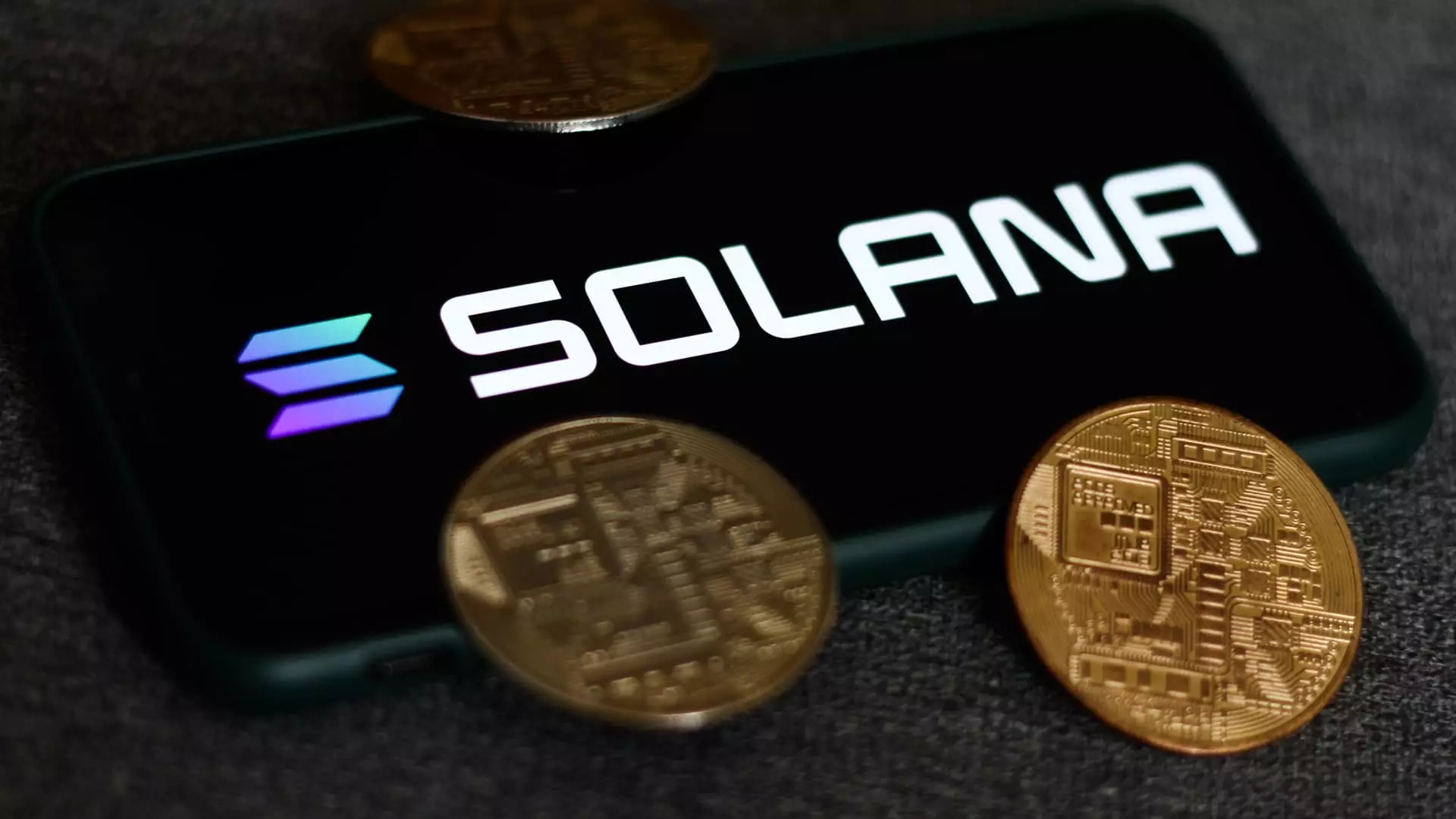Recent analyses suggest that the Solana cryptocurrency could significantly surpass the performance of both Ethereum and Bitcoin, contingent upon the outcome of the upcoming U.S. presidential election. According to insights from Standard Chartered, particularly from the bank’s digital assets head, Geoffrey Kendrick, the political climate shaped by either a potential return of Donald Trump or a continuation under Vice President Kamala Harris could vastly influence cryptocurrency landscapes.
Launched in 2020, Solana aims to resolve scalability issues faced by other cryptocurrencies by offering a platform that facilitates the speedy development of decentralized applications. Unlike Bitcoin, which primarily serves as a store of value and transactional medium, Solana operates more like Ethereum, positioning itself as a robust infrastructure for a variety of digital solutions. This unique functionality opens doors for its growth, particularly if it gains favorable political winds.
Kendrick’s research indicates that if Trump were to regain the presidency, Solana could experience remarkable growth, with predictions of a staggering 400% increase by 2025. Under a Trump-led administration, Kendrick anticipates that Solana could end the year trading over $700, with Ethereum expected to reach around $9,650 and Bitcoin soaring to over $185,000. The implication here is clear: a Trump government may be characterized by pro-crypto policies, making it more conducive for Solana and other cryptocurrencies to thrive.
Conversely, Kendrick foresees a more subdued environment under Harris, with expectations that Bitcoin may outperform both Ethereum and Solana. If Harris takes office, forecasts place Ethereum at approximately $7,000 and Solana trailing behind even further, signaling a more cautious stance towards digital asset investment.
While Kendrick expresses optimism regarding Solana’s trajectory in a Trump presidency, he raises concerns about its current valuation, which he describes as “richly priced” when compared to Ethereum. These concerns highlight a critical disparity in market expectations, including Solana’s high market capitalization relative to its transaction fees, overall token issuance, and staking yields. Ultimately, for Solana to justify its elevated valuation, an increase in transaction throughput between 100-400 times is necessary—a considerable challenge that could be influenced by the regulatory and developmental environment fostered by a Trump administration.
The broader implications of political leadership on cryptocurrency markets cannot be understated. As more investors and developers seek security and growth in the digital asset space, the governing philosophy behind cryptocurrencies will play a vital role. With the multi-faceted nature of these digital currencies and the uncertainties surrounding regulatory frameworks, their future remains interlinked with the political scenario in the U.S.
The landscape for cryptocurrencies like Solana could dramatically shift depending on who occupies the White House. Understanding these dynamics is essential for stakeholders looking to navigate this innovative yet volatile sector effectively.

